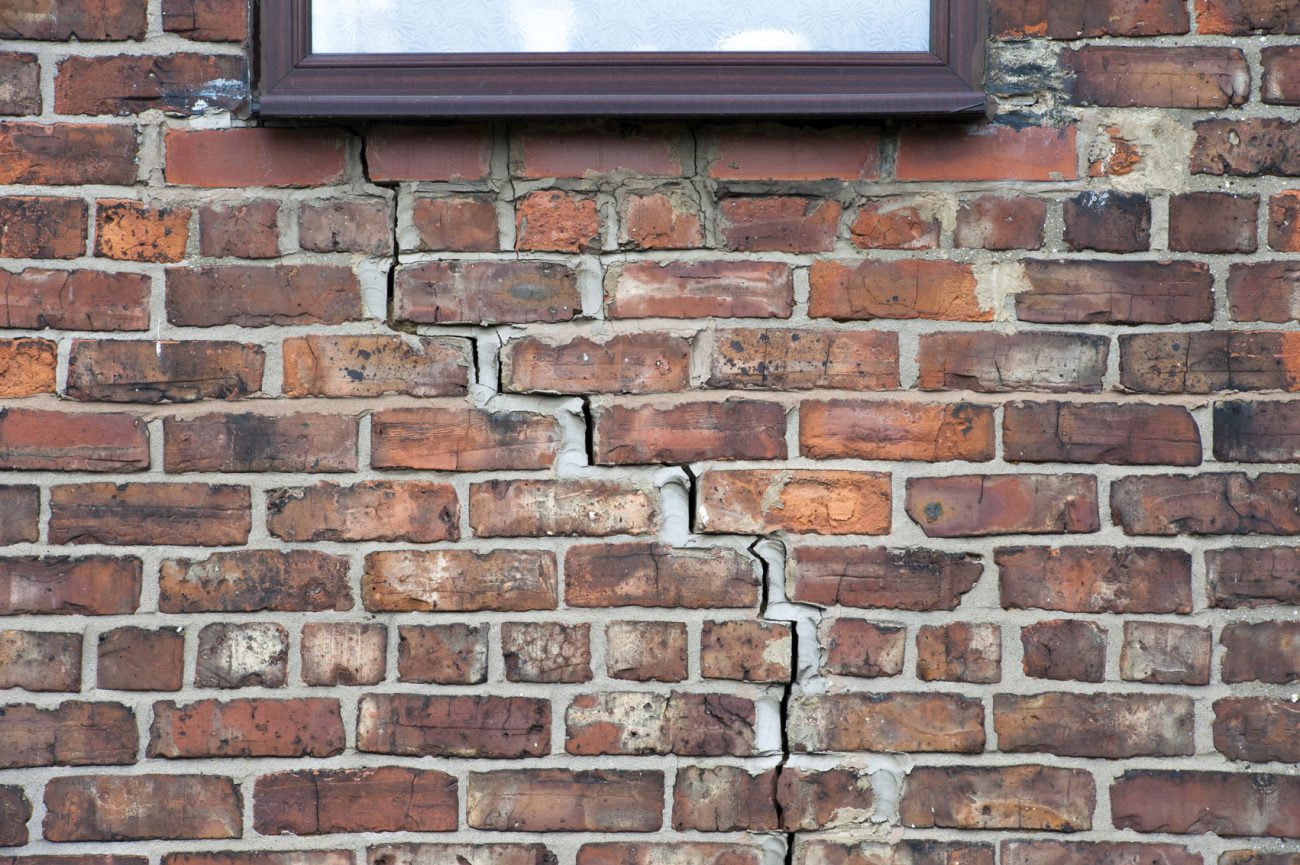Does Home Insurance Cover Structural Damage?
Caeva O'Callaghan | June 12th, 2024

Your home, essentially, is four walls and a roof. Your buildings insurance will cover all of these, as well as the permanent fixtures and fittings. But what kind of damage can you expect, and what will your home insurance not cover?
Contents make your house a home. But lots can go wrong with the roof over your head – and when it does, you want to have confidence in your insurance.
The main structure of your house is covered under home insurance. But what exactly does that mean, and what happens if your building is damaged and insurance won’t pay out?
In this article, we’ll answer the following questions:
- What kinds of structural damage will my home insurance cover?
- Will my home insurance pay for a damaged roof?
- Does home insurance cover cracks in the wall?
Put simply, your house insurance will cover some kinds of damage and not others. Read on to discover what’s what.
In a nutshell
Need a quick, at-a-glance key to understanding your buildings insurance? Here’s what it covers:
- Subsidence or ground heave of land (unfortunately, you probably won’t be covered if you live in Cork or other affected areas)
- Flying or falling objects (trees, aerials, etc)
- Falling trees and branches
- Riots and civil commotions
- Malicious damage (if it is not caused by people who are allowed to be in your home)
- Falling aerials, masts, satellite dishes or security cameras
- Leaking or overflowing of water or oil from any heating, plumbing or drainage system
Foundations and groundwork
Your house sits on foundations, which are hopefully solid. But many things can go wrong which compromise the integrity of your foundations, and unfortunately you may not always be covered.
This is because it can take a long time to detect structural damage. This means insurance companies consider foundational damage a maintenance problem, and won’t cover it. The purpose of insurance is to cover sudden peril. It’s not a get-out-of-jail-free card for not looking after your property.
However, once you’ve discovered what’s gone wrong and taken steps to repair it or prevent future problems, your insurance policy may cover ensuing loss. For example, if cracks in the foundation let water seep into your home, your insurance won’t cover the cracks but may replace your soggy belongings.
Walls and ceilings
Again – definitely maybe, but possibly not. As with foundations and groundwork, the focus is not so much on the damage but on the cause of it. Does your wall have a crack due to a sudden and unexpected event, such as a lightning strike? You’re likely covered. But, is there a crack in the wall because, year after year, you failed to make necessary repairs? Insurance won’t cover your mistake.
Your insurance considers subsidence, heave and landslip unforeseeable events. As such, most household insurance policies cover loss or damage caused by subsidence. But while they usually cover the cost of repairing the damage, they won’t stretch to preventing further subsidence. If you don’t like your chances, you’ll have to pay to shore up your defences or move.
As subsidence is an insurable risk, premiums may go up for you if you claim. Also, if you live in an area which is prone to subsidence, you may be paying more for it.
The roof of your house
You guessed it. If external, unusual events damaged your roof, your insurance will cover you. But if you did it yourself, you’ll have to pay for it yourself.
The biggest threat to your roof is storm damage. Unfortunately, the Irish climate isn’t always exactly calm. If a storm is responsible for a hole in your roof, you can expect to see damage such as many missing tiles, tree branches, and debris. If that’s the case, you should be covered by your home insurance. Your insurance provider will check Met Éireann data to find out if a storm occurred, and if it was bad enough to cause the damage.
If the weather wasn’t very strong, but the wind was able to dislodge a tile because your roof has prior wear and tear, you won’t be able to claim. It’s your responsibility to maintain your roof, and watch out for loose tiles and potential holes.
Got a flat roof? Bad news. A flat roof surface will wear out quicker, meaning more regular maintenance. There’s a higher chance of you making a claim on your buildings insurance, which means they’re more expensive to insure. If you haven’t kept up with the demands of your flat roof, you may be in for a nasty shock.
Outbuildings, doors and windows
Your home insurance policy will also cover everything which could be considered a permanent part of a property. This includes doors, windows, locks and security measures. This also includes bathroom and kitchen fixtures such as sinks, showers and toilets: anything which you wouldn’t take with you if you moved.
Many policies cover outbuildings, like sheds and garages, but some will require you purchase additional cover. Your insurance typically won’t cover things like outdoor swimming pools or saunas. You can usually arrange cover with your insurer, but it will cost more than a standard policy.
If you have any queries on what is covered for structural damage to your home, just call us in QuoteMe.ie
If you have any queries about what is covered for structural damage to your home call us and talk to our home insurance experts. We have seen all eventualities and will guide you accordingly. We are available for direct phone calls between 8.30am and 5.30pm each weekday on 0818 224433 or 042 9359051.
You can also get a home insurance quote online on our website directly. We compare home insurance in the Irish market from 12 insurance providers to get you the right cover for your situation.